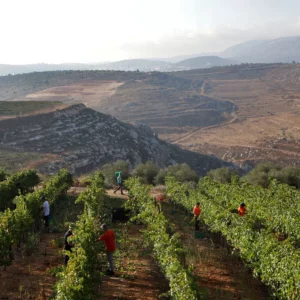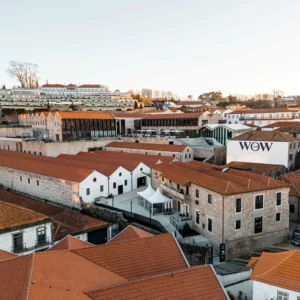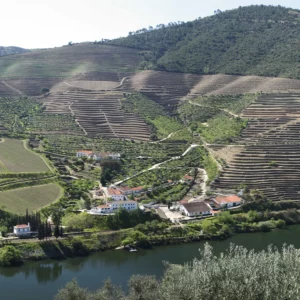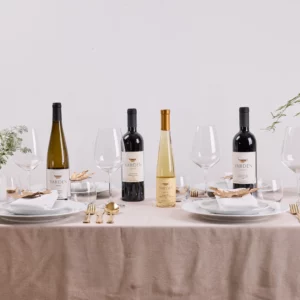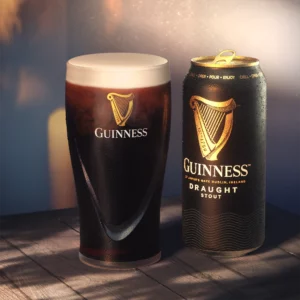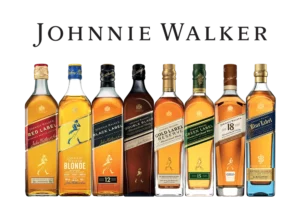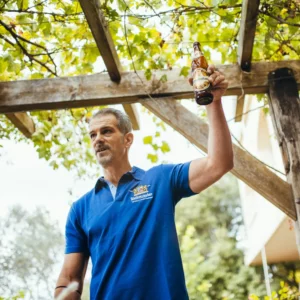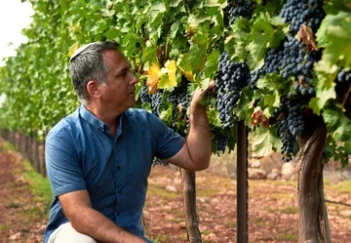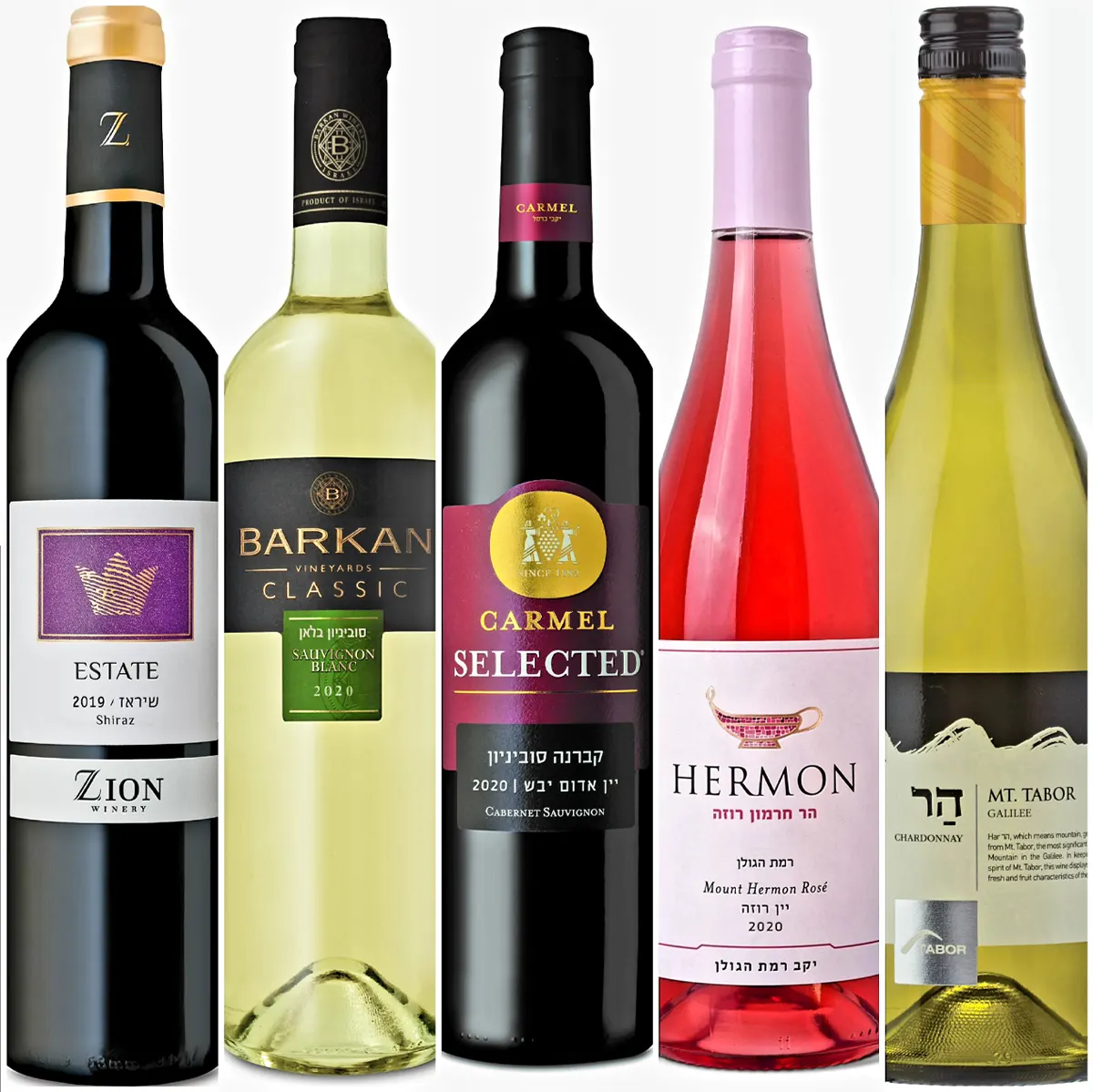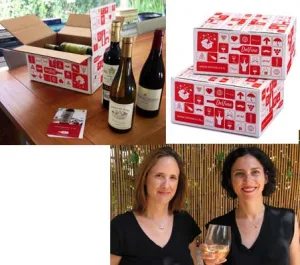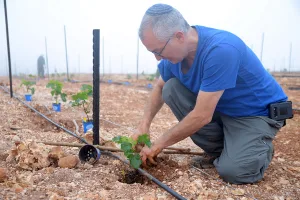The Purim story gives us an insight into wine consumption in an unlikely place. The Persia of those days was in stark contrast to the ultra-strict Islamic regime of Iran today. Wine infused parties were all the rage. Just read the Scroll of Esther. Many even attribute the discovery of wine to Persian folklore.
Once upon a time, there was a Princess, who fell out of favor with King Jamshid and wanted to commit suicide. She saw some grapes which happened to have started fermenting naturally and thought they looked poisonous. So, she ate them and fell into a deep, drunken sleep. When she awoke, the world seemed a brighter place. She told the King of her discovery and was immediately received back into his graces. The secret of wine had been discovered. A nice story, but who knows if it is true?
One of the earliest places archaeologists found evidence of wine was in northwestern Iran in the Zagros Mountains. Wine residue was found in clay jars in a village called Hajii Firuz Tepe, which was dated back to 5,400 BCE. When you realize this was not so far from Georgia and Eastern Turkey, it certainly makes geographical sense.
Then, there was the beautifully named Shiraz, which is today Iran’s fifth largest city. In ancient times it was known as a center for wine, poetry and gardens. The most famous poet who came from Shiraz was the national treasure Hafes, who lived 1315-1390. He wrote: “With wine beside a gently flowing brook…”. Before him there were other great Persian poets. Abu Nuwas (756-814) was born in Iran and was known for poems of wine and debauchery. This thought is his: “But drink among roses a rose-red wine.” Afterwards, there came Omar Khayyam, who suggested: “Drink wine. This is life eternal.” He lived from 1048-1131. These three great poets wrote wonderful wine poetry, even after the rise of Islam.
Purim is a wine drinking festival. Even the G-d fearing Jew who drinks grape juice on festivals and every Shabbat, will throw caution to the wind and drink wine on Purim. The idea is to drink enough so one is unable to tell the difference between the phrases “Blessed be Mordechai” and “Cursed be Haman.”
At the Purim it is not only customary to drink wine at the festival meal, but also to give gift baskets, mishloach manot. This was originally to enable poor people to enjoy a Seuda and would normally include baked goods and wine. Many wineries produce half bottles of 375 ml., ideal for this purpose. If not, some wineries still produce 187 ml. bottles of Kiddush wine. Wine lovers would do well to look to the gift packages that most wineries merchandise, to assist with innovative choices of gifts for Purim.
As Purim is a festival where volume is more of an issue than quality, I believe this is the time to focus on wines less than 50 shekels. Wines at these price points have never been better and there is no shame in buying on price. Be sure, even though these wines are not what people talk about, that millions of bottles of Barkan Classic, Carmel Selected, Hermon and Shel Segal are being sold and enjoyed each year. So do not feel under any kind of peer pressure to buy up. Certainly buying opportunities abound. A definite cross over is occurring between the mass and quality markets. These days more supermarkets have quality wine sections and more wine stores have wines at supermarket prices.
The main wineries offering wines under 50 shekels are the larger ones. To help you identify them, the largest in Israel and their main entry level labels are: Barkan-Segal (Gold Reserve, Classic, Shel Segal), Carmel (Private Collection, Selected), Teperberg (Impression, Vision), Golan Heights (Hermon), Arza-Hayotzer (Virtuoso, Genesis), Zion (Imperial, Estate), Tabor (Har) and Binyamina (Moshava, Teva). Your selection of wines under fifty shekels will likely come from one of these.
The next key to buying wine at this level is to decide what grape variety you want. It is simpler than you think. Most wines in supermarkets are varietals, meaning they are named after the dominant variety. The reds tend to be made either from Cabernet Sauvignon, Merlot or Shiraz. The whites are usually made from Chardonnay, Sauvignon Blanc or Gewurztraminer. If you know something only about these varieties, you are halfway to knowing the wine.
Cabernet Sauvignon is Israel’s most planted variety. The Carmel Selected Cabernet Sauvignon is always flavorful with good typicity. The word ‘Selected’ first featured on Carmel labels way back in 1972 and since 1987 it became the major brand it has remained until today. Carmel is of course the historic winery of Israel, founded by Baron Edmond de Rothschild. Their Zichron Ya’acov Cellars founded in 1892 is the oldest winery, or factory for that matter, still in use.
Merlot is Israel’s third most planted variety. The Binyamina Moshava Merlot is a good example. Easy drinking, refreshing, with good fruit. Binyamina Winery was established in 1952 on the site of a Jasmine perfume factory founded by James Rothschild. This year they are celebrating their 70th anniversary.
Shiraz (aka Syrah) is the third red wine variety you are likely to meet. The Zion Estate Shiraz is fruity, with mouth filling flavor and a clean, fresh finish. Zion Winery is our oldest winery, founded in 1848. Remarkably and uniquely, the Shor family has not only owned and managed the winery for 173 years, but also a member of the Shor family has always been the winemaker, even today. I also always find Private Collection Shiraz a good buy.
Wines of under 50 shekels will be lighter and easier drinking than wines of a higher price. Though it is a mistake to generalize, but when comparing like with like, the Cabernets will probably be fuller bodied than Merlot and the Shiraz will likely be fruitier.
Now, for the white wines. If Cabernet is the king of grapes, Chardonnay is the queen. Many people don’t appreciate that Chablis, such a popular brand name in Israel, is a Chardonnay by another name. The Har Tabor Chardonnay is in the modern style. Appley, broad flavored and refreshing. Tabor Winery is a pioneer in ecological vineyards.
There are lately some very good Israeli Sauvignon Blancs. Sancerre, a wine very popular in Israel, is a regional name for what is basically a Sauvignon Blanc. The Barkan Classic Sauvignon Blanc is dry, bright, aromatic, refreshing and good value. These days, Barkan is the largest winery in Israel. Founded in 1990, it is situated in Hulda, alongside the largest vineyard in the country.
The third white variety is Gewurztraminer. If you are unable to pronounce it, ask for ‘Gevurtz’. The Teperberg Impression Gewurztraminer is aromatic and semi dry, and yet is refreshing when served very cold. Teperberg is Israel’s largest family winery, which was founded in 1870 in the Old City of Jerusalem.
For some, semi dry is not enough and they will be seeking something sweeter. Muscat is a grape usually used for sweet wines. The idea of Purim is not to get blind drunk, and I certainly recommend a Moscato for those either not used to drinking alcohol or that do not like wine. These wines are grapey, low alcohol, slightly sparkling and sweet. Hayotzer Winery has a frothy, fruity Moscato, which is low alcohol, slightly sparkling and sweet. The winery is owned by another branch of the Shor family, which has been making wine since 1848.
For those that like rose, you have to choose a color you like (somewhere in between onion skin pink and a weak red) and whether you want dry or semi dry. Apart from these two decisions, the grape variety is not that significant. Golan Heights Winery’s Mount Hermon Rose is a popular wine. It is dry but very fruity. The Golan Heights Winery is the winery that led the quality wine revolution in Israel. They are the pioneers of the Golan wine region .
Whatever your choice, Purim is a fun festival where wine is an integral part. Enjoy, but drink carefully. It is not an excuse to get blind drunk!!
Adam Montefiore is a winery insider turned wine writer, who has advanced Israeli wine for 35 years. He is referred to as the English voice of Israeli wine and is the wine writer for the Jerusalem Post. www.adammontefiore.com



